10 Energy-Efficient Window Upgrades That Can Save You Money!
Windows are a critical component of your home’s insulation system. They can let in light and fresh air but can also be a significant source of energy loss if they’re outdated or inefficient.
Upgrading to energy-efficient windows can lead to substantial savings on your energy bills, enhance comfort, and reduce your carbon footprint. In this post, we’ll explore 10 energy-efficient window upgrades that can save you money and improve your home’s performance.
1. Low-Emissivity (Low-E) Glass
How It Saves You Money:
Low-E glass has a microscopically thin coating that reflects infrared energy (or heat). In the winter, it keeps the warmth inside, and in the summer, it reflects the heat away from your home, reducing the energy needed for heating and cooling.
Estimated Cost:
While prices vary, expect to pay about $20-$50 more per square foot for Low-E glass compared to regular glass. The investment can pay off quickly with the energy savings you’ll see.
Practical Tips:
- Ensure that the Low-E coating is suited for your climate. For example, in cold climates, you want a coating that allows some solar gain while reflecting interior heat back into the room.
- If a full window replacement isn’t within your budget, consider applying a Low-E film to your existing windows as a more cost-effective alternative.
- When replacing windows, look for the National Fenestration Rating Council (NFRC) label to compare the energy efficiency of different Low-E glass options.
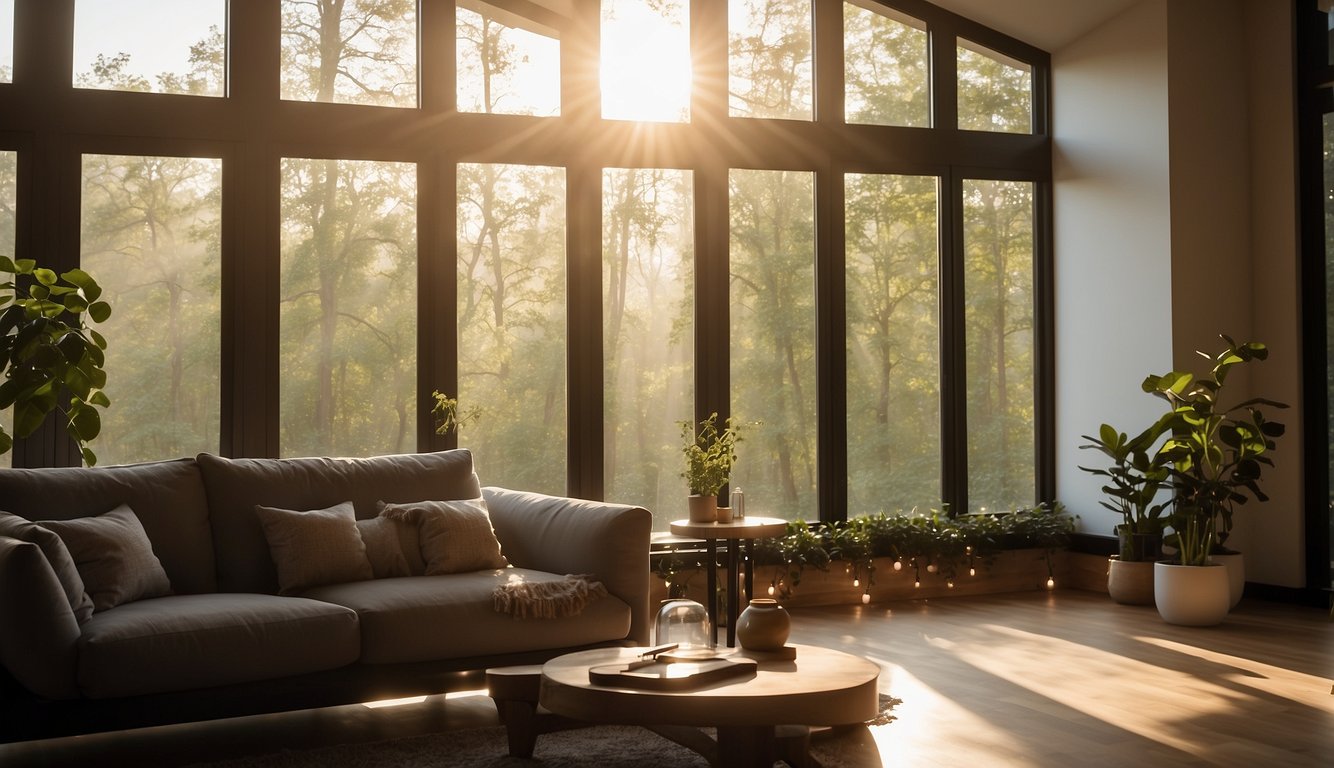
2. Double or Triple Pane Windows
How It Saves You Money:
Double or triple pane windows create a barrier against the outside temperature. The space between the panes, often filled with insulating gas like argon or krypton, reduces heat transfer. This means less strain on your heating and cooling system and lower energy costs.
Estimated Cost:
Double pane windows can cost between $300 and $1,000 per window, while triple pane windows will be more expensive. Despite the higher initial cost, these windows can significantly reduce your monthly energy bills.
If you want to learn more about different types of windows and the specific costs associated with purchase and installation, I’ve found that Ecoline Windows has a great overview of the options.
Practical Tips:
- Choose windows with low-conductivity spacers between the panes to prevent heat transfer through the window.
- For optimal energy savings, select windows with both Low-E coatings and insulating gas fills.
- Check if your local government or utility company offers incentives or rebates for installing energy-efficient windows, which can help offset the initial investment.
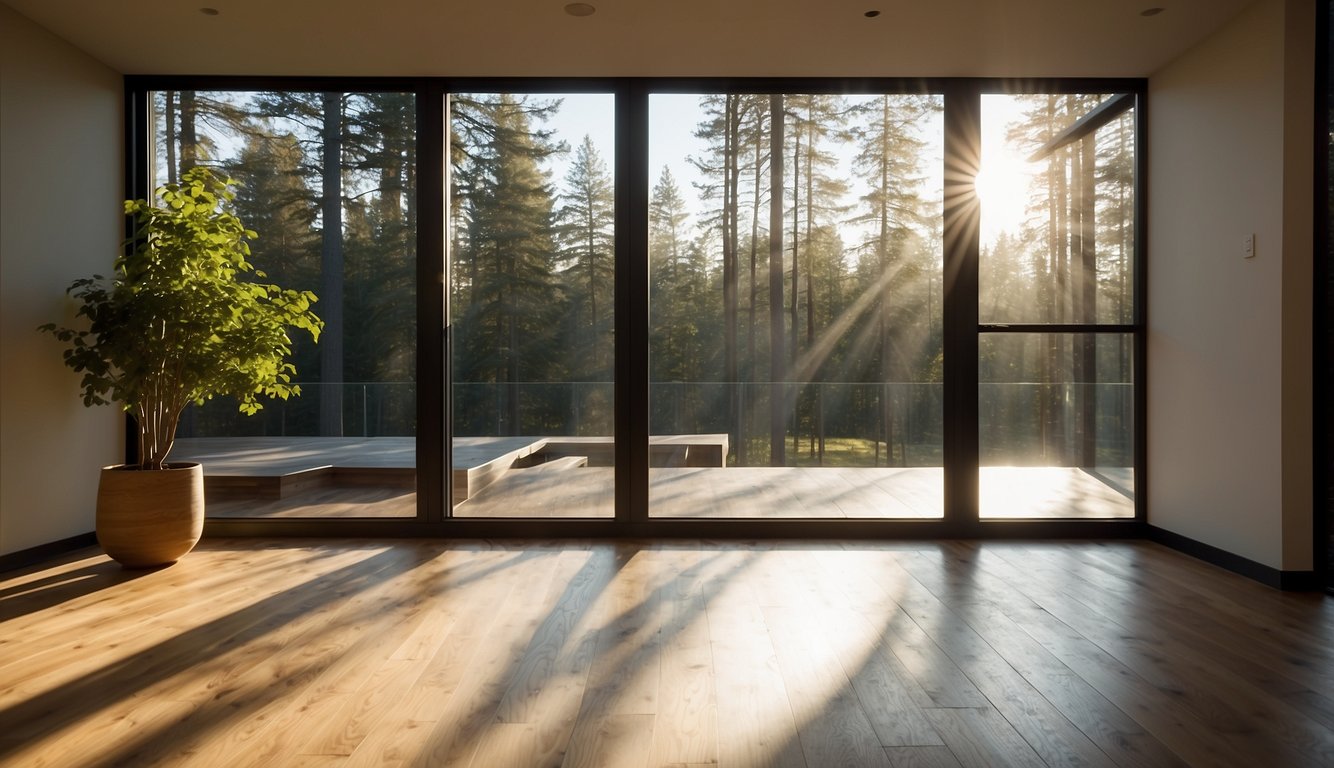
3. Energy Star Rated Windows
How It Saves You Money:
Energy Star rated windows are independently certified to perform at levels that meet or exceed strict energy efficiency guidelines set by the U.S. Environmental Protection Agency. By choosing these windows, you can be confident that they will help reduce your energy consumption and save money on utility bills.
Estimated Cost:
Energy Star windows can vary in price but are generally about 10-15% more expensive than non-certified alternatives. However, the cost is often quickly recouped through energy savings and possible tax credits.
Practical Tips:
- Look for the Energy Star label when shopping for new windows, and make sure they are rated for your specific climate zone.
- Consider replacing the most inefficient windows in your home first to maximize your investment.
- Combine the installation of Energy Star windows with added insulation in your attic or walls for even greater energy savings.
By considering these first three energy-efficient window upgrades, you can start on the path to a more comfortable, cost-effective, and eco-friendly home.
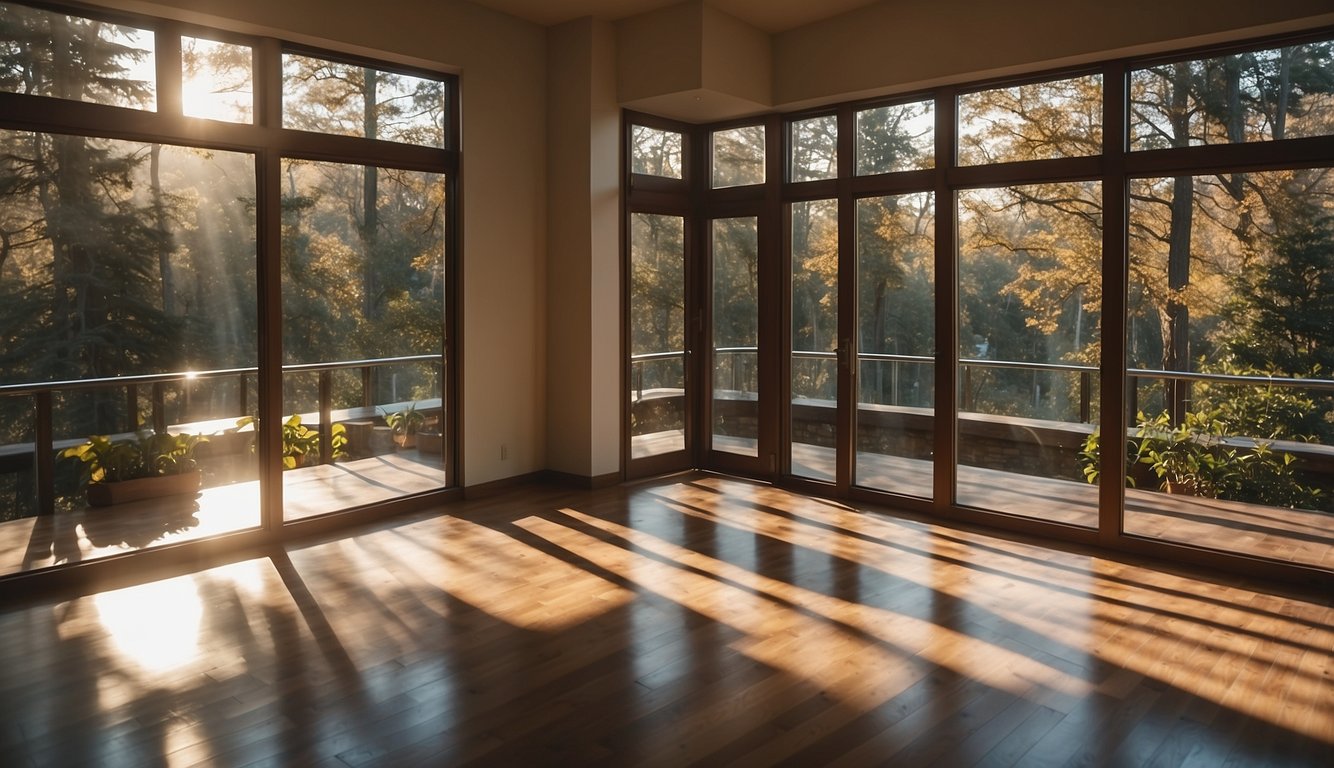
4. Window Frames with Insulated Cores
How It Saves You Money:
Window frames with insulated cores reduce heat transfer through the frame itself, which is a common area for energy loss in windows. By minimizing this heat transfer, your home maintains a more consistent temperature, reducing the need for heating and cooling.
Estimated Cost:
The cost of insulated core window frames can range from $250 to $800 per window. While this is a significant investment, the energy savings over time can be substantial, especially in extreme climates.
Practical Tips:
- When selecting frames, look for materials like fiberglass, which has excellent insulating properties.
- Ensure that the window frame is properly installed with no gaps or spaces that could lead to air leakage.
- If you’re not ready to replace your entire window, consider adding foam insulation to the existing frames as a temporary measure.
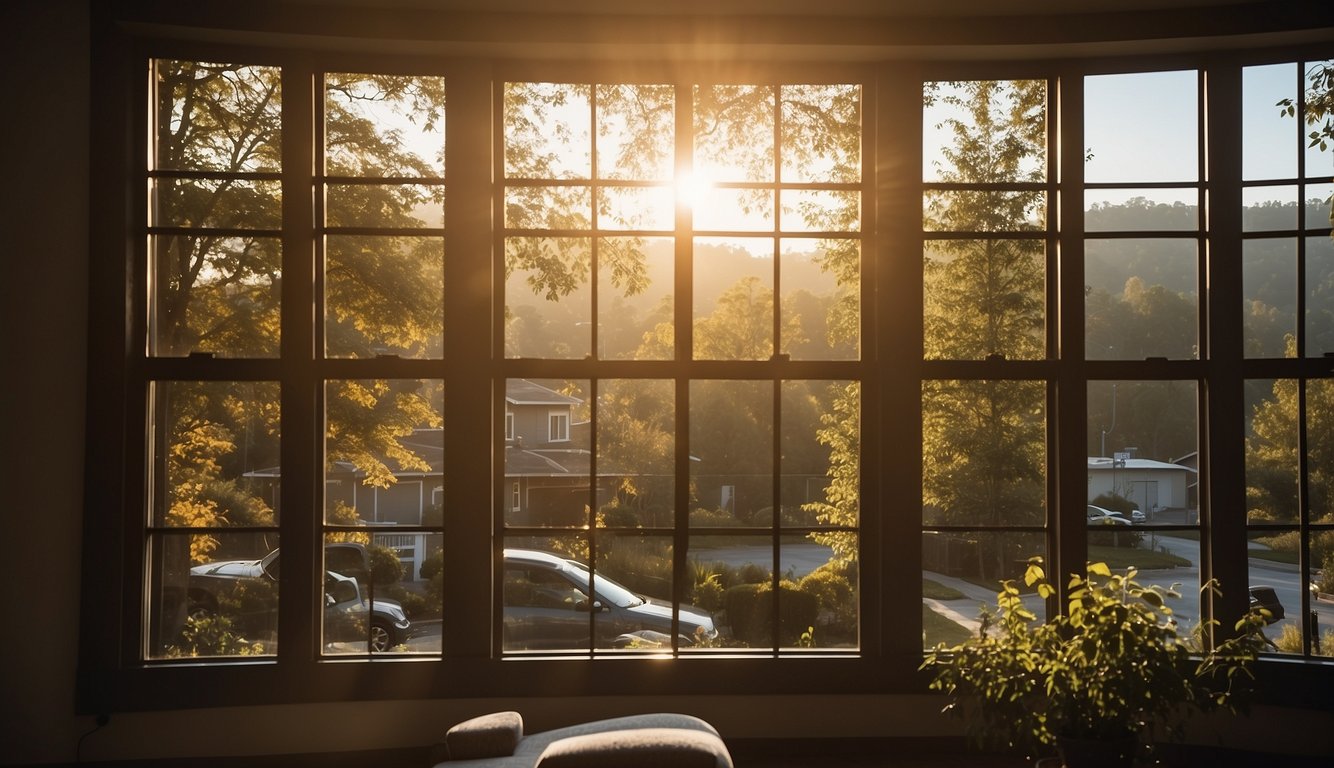
5. Thermal Breaks in Metal Frames
How It Saves You Money:
Metal frames can conduct heat very efficiently, which is not ideal for insulation. Thermal breaks are barriers within the frame that prevent heat transfer, improving the window’s overall insulating properties. This can lead to lower heating and cooling bills.
Estimated Cost:
The cost for metal window frames with thermal breaks typically ranges from $500 to $1,200 per window, including installation. The investment is higher, but so is the potential for long-term energy savings.
Practical Tips:
- If you prefer the look of metal frames, ensure that the product you choose has a full thermal break, not just a partial one.
- Check the frame’s U-factor, which measures the window’s insulating ability—the lower the U-factor, the better the insulation.
- Combine thermal break frames with other energy-saving window technologies like Low-E glass for maximum efficiency.
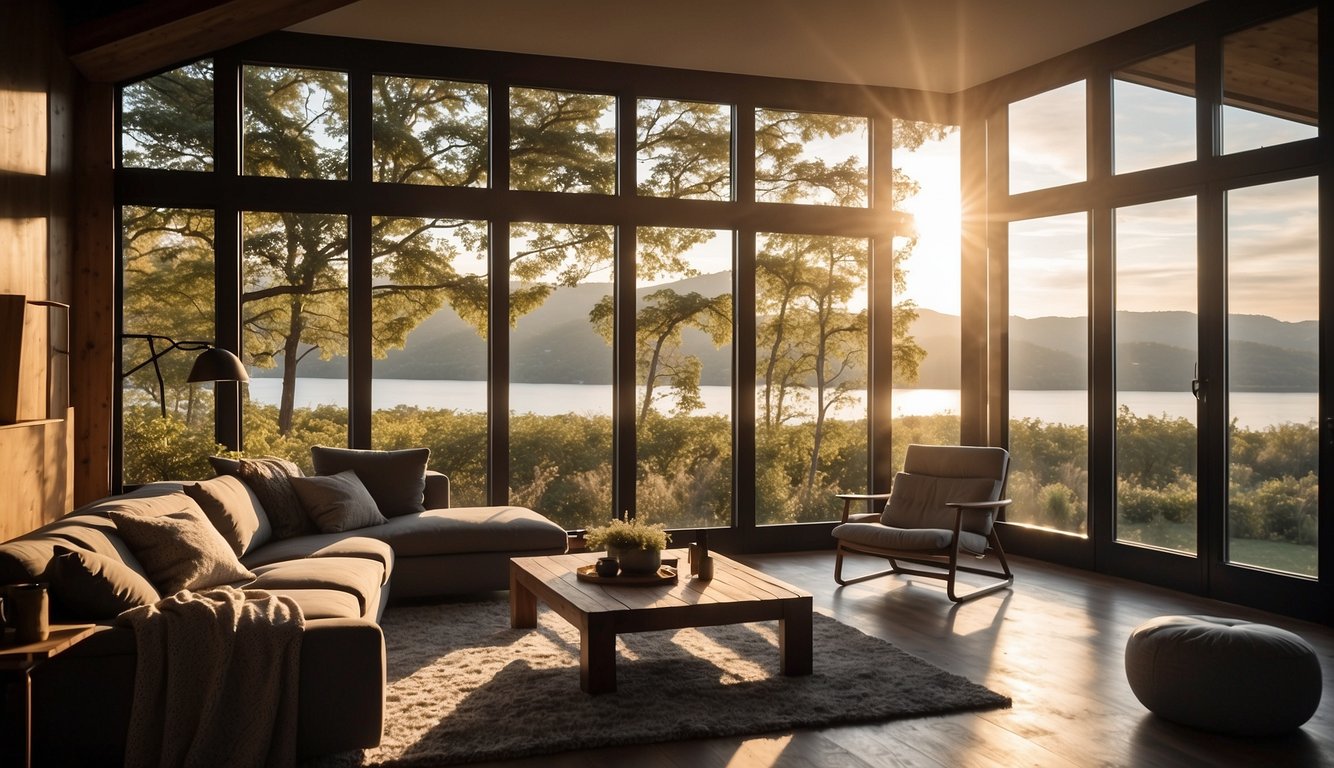
6. Window Tinting or Films
How It Saves You Money:
Window tinting or the application of solar control films can significantly reduce the amount of solar heat entering your home, leading to less reliance on air conditioning during the hot months. This can result in substantial energy savings, particularly in sunny climates.
Estimated Cost:
Solar control window films can be applied for approximately $5-$10 per square foot. This makes it a relatively inexpensive upgrade compared to other window improvements.
Practical Tips:
- Choose a window film that offers a good balance between heat rejection and light transmission so that you don’t overly darken your rooms.
- While DIY kits are available, consider professional installation for a long-lasting and bubble-free application.
- Regularly inspect and maintain the film to ensure its effectiveness over time.
By implementing these window upgrades, you can enhance your home’s energy efficiency and comfort while also enjoying long-term cost savings. The up-front investment in these technologies can be offset by the reduction in your monthly energy bills and the increased value of your home.
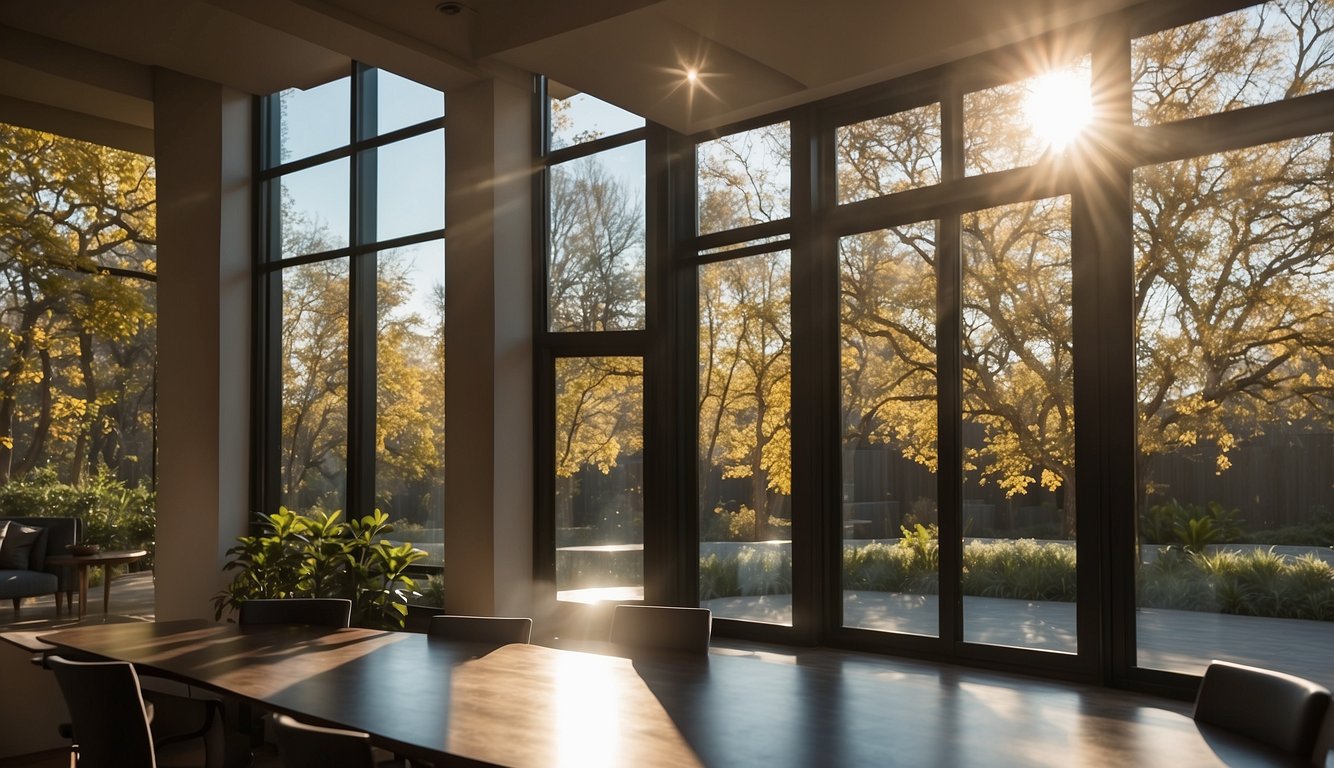
7. Exterior Window Shading
How It Saves You Money:
Exterior window shading options such as awnings, blinds, and overhangs can block direct sunlight, reducing the heat gain inside your home. This natural cooling can significantly decrease the need for air conditioning, leading to lower energy costs during hot months.
Estimated Cost:
The cost of exterior window shading solutions can range from $100 to $1,000 per window, depending on the type and quality of the shading device.
Practical Tips:
- Consider retractable awnings that can be adjusted according to the sun’s position and the desired amount of shade.
- Use exterior blinds or shades made from durable, weather-resistant materials to withstand the elements.
- Design permanent overhangs to provide shade during the summer while allowing sunlight to warm the house during the winter.
8. Proper Weather-stripping and Caulking
How It Saves You Money:
Sealing gaps around windows with weatherstripping and caulking prevents drafts and air leaks, which can account for a significant amount of a home’s energy loss. Proper sealing keeps the warm or cool air inside, reducing the energy needed to heat or cool the home.
Estimated Cost:
Weatherstripping and caulking materials are relatively inexpensive, typically costing between $3 and $30, depending on the quality and quantity needed.
Practical Tips:
- Identify areas around your windows where you can feel drafts and apply weatherstripping or caulk to these spots.
- Choose durable materials like silicone caulk that can expand and contract with temperature changes without cracking.
- Weatherstripping and caulking should be part of regular home maintenance, inspected and replaced as needed to maintain effectiveness.
9. Energy-Efficient Window Glazing
How It Saves You Money:
Special glazing options can reduce heat transfer and improve the thermal performance of your windows. This includes treatments like tinted glazing, which can help control solar gain and protect against UV radiation, and gas fills, which provide additional insulation.
Estimated Cost:
Energy-efficient glazing can cost about $20-$50 more per square foot than standard window glazing. While the initial investment is higher, the energy savings over time can justify the cost.
Practical Tips:
- Consider the orientation of your windows when choosing glazing options; for example, windows that receive a lot of direct sunlight might benefit from tinted glazing.
- Look for glazing that offers low emissivity (Low-E) to minimize infrared and UV light without compromising natural light.
- Ensure that the glazing is properly installed to avoid any potential leaks or condensation between panes.
10. Smart Glass Windows
How It Saves You Money:
Smart glass, also known as switchable glass, can change its light transmission properties based on the level of heat or light that hits it. This means it can automatically darken to reduce solar heat gain in the summer or clear up to allow more sunlight and warmth in the winter, optimizing your home’s energy usage for heating and cooling.
Estimated Cost:
Smart glass is at the higher end of the window market, with costs ranging from $50 to $100 per square foot. The technology is an investment in cutting-edge home efficiency.
Practical Tips:
- Assess the areas in your home that would benefit most from smart glass, such as windows facing direct sunlight.
- Consider the long-term energy savings against the upfront cost, as smart glass can significantly reduce HVAC expenses.
- Factor in the potential for increased property value due to the innovative nature of smart glass technology.
Conclusion
Investing in energy-efficient window upgrades is a practical way for homeowners to save money and improve the comfort of their homes. While some options may have a higher initial cost, the long-term savings on energy bills can make them a wise financial decision. Additionally, these upgrades can contribute to a more sustainable lifestyle by reducing the home’s carbon footprint.
When considering window upgrades, it’s important to evaluate your home’s specific needs, the local climate, and the potential return on investment. Remember that combining several energy-saving strategies can maximize efficiency and savings. With careful planning and the right choices, you can enjoy a more comfortable home and lower energy costs for years to come.
Let Us Know How We’re Doing!
Did this expertly prepared resource answer your question?
Do you have another question about home maintenance, home improvement projects, home appliance repair, or something else?
Get more information, send in questions and keep the discussion going by contacting the I’ll Just Fix It Myself company customer service team at at 1-800-928-1490 or Email us at [email protected]
